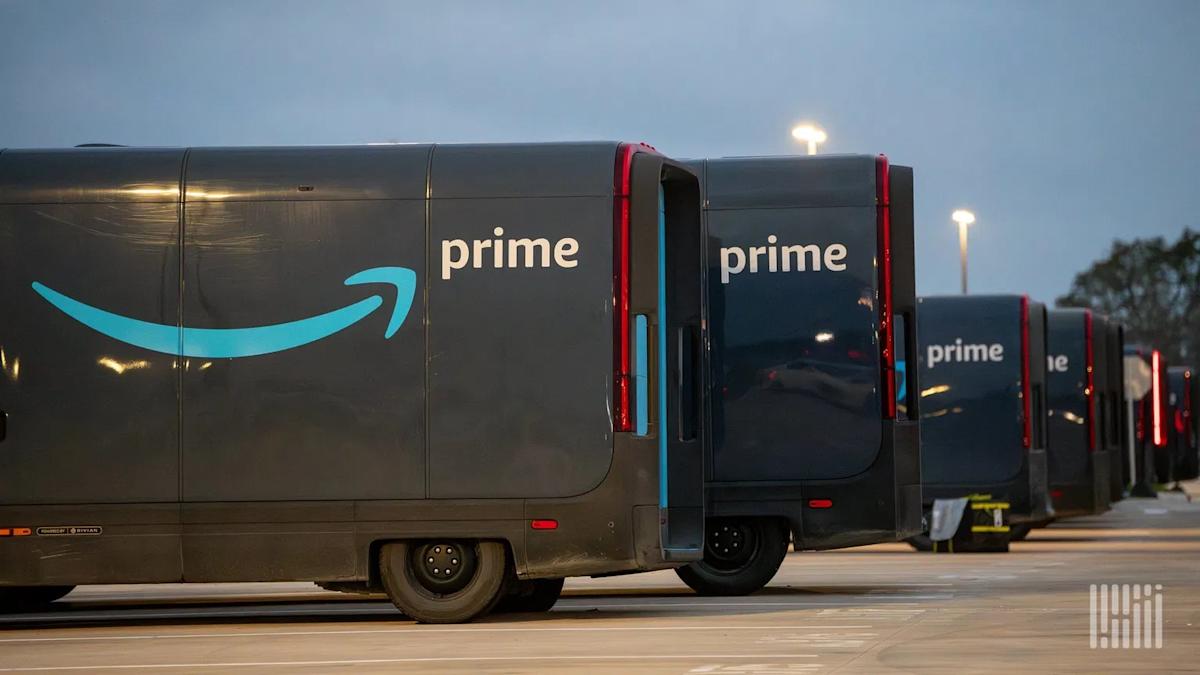
Digital Integration: The Costs Companies Cannot Calculate


Time Lost in Digital Transformation
Exalate's new field research shows that companies spend millions on digital transformation, but due to manual updates between systems, they experience productivity losses of up to 15 hours a week, amounting to over 780 hours a year. This loss is especially significant during merger and acquisition processes, leading to overlap of the same systems, visibility loss, and delays in critical projects.
Exalate CEO Francis Martens states, "Integration is no longer just a helpful link but has become an operational lifeline. When a synchronization fails, it is not just an IT outage; it is a business stoppage."
Integration is Becoming Infrastructure
The 2024-2025 Exalate Field Report, based on 173 corporate interviews conducted between January 2024 and July 2025, reveals that 70% of organizations classify their integrations as a critical task. Respondents estimate that after an integration disruption, workers face a rework of three to four hours per day.
Mergers and Acquisitions Reveal Conflicts
In merger and acquisition processes, the cost of poor integration peaks; as overlapping systems increase, accountability decreases. A DevOps leader from a manufacturing company says, "After our acquisition, we had three different tracking systems, and there was no way to see the full picture. Information started living in silos."
Many organizations in the post-market face multiple Jira instances or complex Jira-ServiceNow setups that cannot be viewed as a whole; this leads to visibility gaps, delayed resolutions, and compliance risks.
Inter-Company Collaboration Issues
Today, about 70% maintain at least one inter-company integration; this figure has increased compared to a year ago. At the same time, two-thirds demand real-time visibility but refuse to loosen security boundaries or increase licensing costs.
This tension is accelerating a move toward distributed and peer-to-peer synchronization, enabling secure data exchange without exposing internal networks.
Compliance and Audit: The Future Integration Boundary
Audit and management standards continue to shape integration strategies. The report emphasizes that auditors want to see a full trace of every change, and just having the current information in the system is not enough.
Companies now have to prove the integrity of synchronized data across multiple platforms; this is a need that basic synchronization tools cannot meet.
Artificial Intelligence Accelerates
Artificial intelligence takes on the tedious part of integration setups, allowing managers to configure synchronization rules more quickly and accurately. Most users describe AI features as "a powerful kickstart" that accelerates the setup process but still requires human oversight to remain accurate and compliant.
Companies view AI as an accelerator, combining machine efficiency with expert control rather than a replacement.
Key Point
Integrations have become the backbone of corporate operations. However, as the number of systems increases and security demands tighten, every failed synchronization turns into a business risk. An operations manager stated, "If integration stops for a day, we are talking about several hours of manual work for each user."
Organizations that deftly manage secure, flexible, and autonomous synchronization will advance faster. Those that fail to do so will be paying an invisible tax that their competitors have already automated.
```Benzer Haberler
.png)
Yakında Tüm Platformlarda
Sizlere kesintisiz haber ve analizi en hızlı şekilde ulaştırmak için. Yakında tüm platformlarda...








.png)